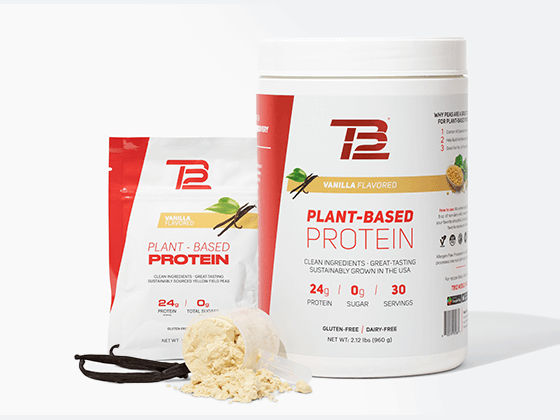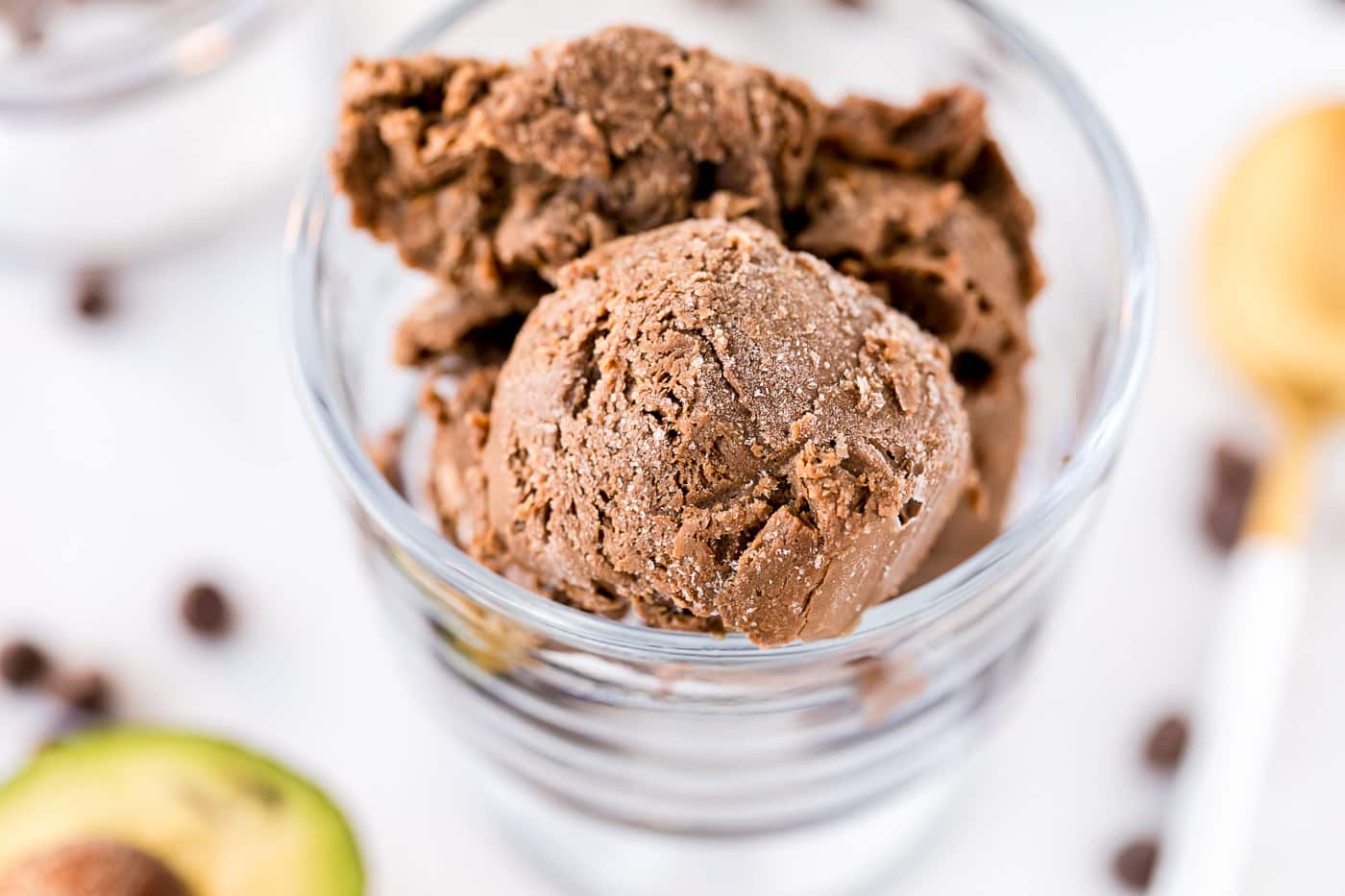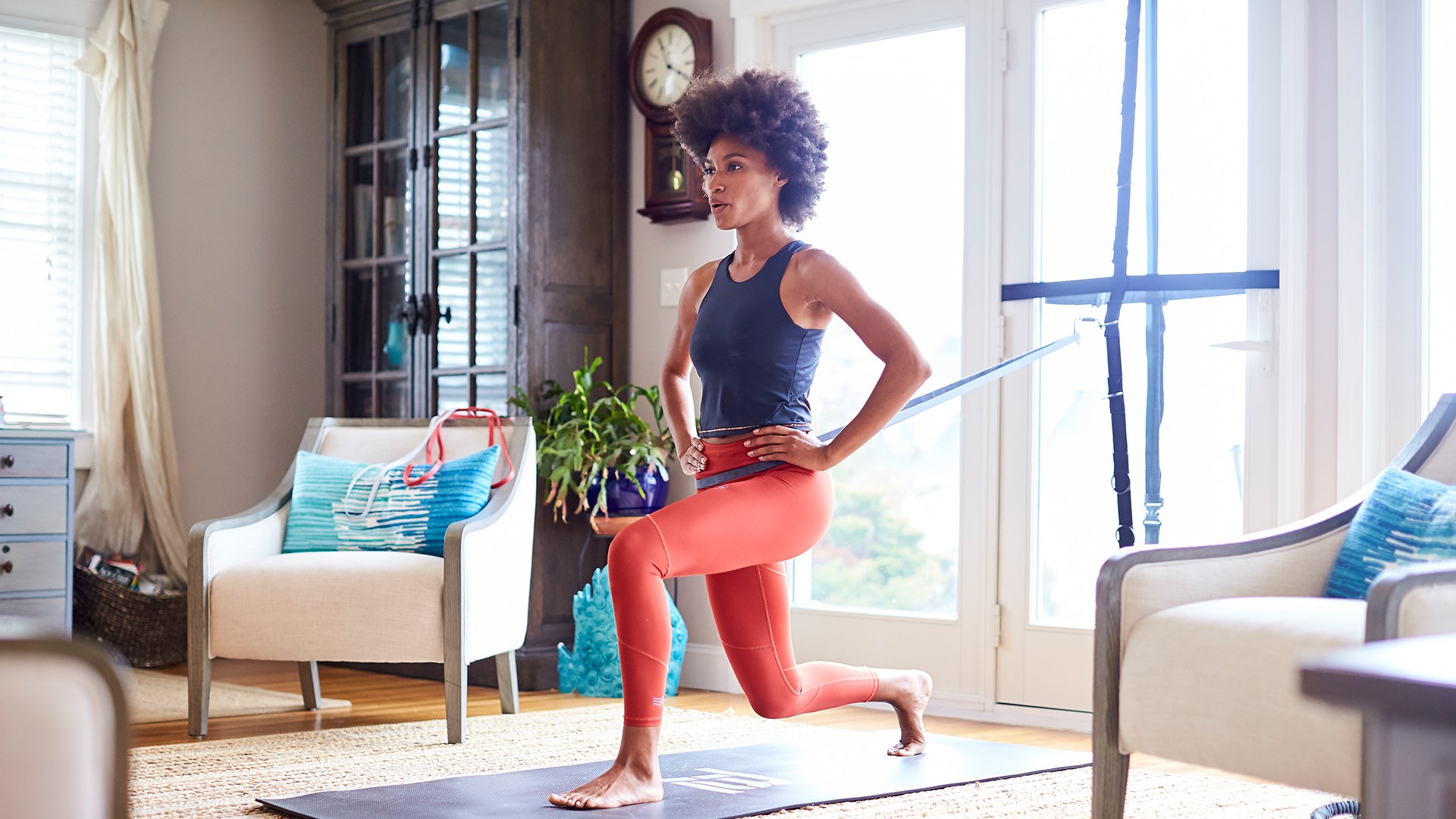Looking to lower your golf scores? If elevating your game is on your to-do list this summer, then you’ll need to focus on increasing and controlling your rotational power.
Many amateur golfers make the mistake of almost exclusively focusing on building arm strength in their workouts. While arm strength is undoubtedly important for the power and velocity of your swing, what really helps the ball go further and straighter is the efficient and controlled transfer of weight from your lower body to the upper body. This is called rotational power.
For golfers, building your rotational strength will increase your swing speed, control, and consistency. Work on this, and your shots from the tee to green will be both more accurate and more fluid—and you’ll also reduce the risk of straining or injuring your shoulders and core muscles.
In our work at TB12, we incorporate medicine ball training with our typical resistance band training to help develop rotational power and control in the athletes who work with us. We believe in training at the speed of sport, so we train rotational power using golf-specific movement patterns. By doing this, when it comes time to hit the links, your training easily carries over to the course.
About 90% of the work we do at TB12 uses resistance bands because of their functional benefits. Coupled with using resistance bands, medicine ball training allows you to attain a higher degree of specificity in your movement. This helps you more precisely replicate the range of motion and velocities that you’ll experience when you’re swinging the club and hitting the golf ball.
Workouts that incorporate medicine balls also help you generate ground force to impact the golf club. When you take that first swing, you should initiate movement from your larger lower body muscles (like your glutes, quadriceps, and hamstrings) and then swiftly transfer that momentum into the club, then the ball.
While power is important for your swing, if you are generating a significant amount of rotational power through your trunk, then you need to have an equal amount of stability in your core to be able to control the movement. Core exercises aimed at increasing your stability and steadiness allow you to efficiently translate power throughout the kinetic chain.
The better you are able to transfer power from the lower body to the upper body, the better you can control the club and in turn, the curve of the ball. Weakness in the core, or shaky and uncontrolled movement, materializes as an inefficient transfer of force when your club strikes the ball. This can lead to mishits—shanks, chunks, and thin shots.
Here are 5 exercises to help you develop both rotational power and rotational control. Remember, just because you play left or right-handed doesn’t mean you should ignore the other side. Muscular asymmetry can be a big issue for golfers, so make sure to do these exercises both ways.
Medicine Ball Slam
This one is all about power. Make sure you have enough space to start—you’ll need at least 6 feet by 6 feet of open space. Stand tall with your feet roughly shoulder width apart, legs slightly bent, and bring the medicine ball to torso level. Make sure that your shoulders are rolled back and your core is engaged. Squat slightly to build power and then, in one swift motion, rise onto the balls of your feet, swing your arms up to lift the medicine ball directly over your head, extend your arms fully, and then use your core and arm strength to slam the medicine ball down between your feet with all your power. Make sure that as you release the ball, you bend your knees to continue the power through your legs and to prevent injury and stiffness. Exhale as you slam the ball and then pick up the ball and repeat the same motion 6-8 times.
Pro-tip: There are slam specific medicine balls that don’t bounce and are specifically designed for exercises like these. These are optimal, but you can use a regular medicine ball too—just make sure to catch the ball so it doesn’t hit you in the face.
Pallof Flexion
This one helps with building control and posture. You’ll need a Long Looped Resistance Band attached to your Door Anchor. Facing away from the Door Anchor, hold the resistance band with both hands so there is tension on the band. Rotate your upper body as far as you can in one direction, and then move your arms up and down in a vertical motion from your hips to just above your head. Engage your core and resist leaning in towards the anchor.
Lateral Medicine Ball Toss
With your feet standing parallel to the wall, throw the ball from the hip trail to the wall, rotating your trail hip to the wall as you release it. Catch the ball with your arms slightly bent, hips tucked under, and repeat this motion without stopping.
Rotational Hop Medicine Ball Throw
Stand about 10 feet from a wall with your feet parallel to the wall. Place the hand farther away from the wall on the top of the ball with your other hand on bottom. Standing on the leg farther from the wall, bend down on the supporting leg, and jump, pushing up through the toe. As you land from the hop, step towards the wall with your closer foot and throw the ball at the wall. Do 6-8 reps before switching sides.
Pro-tip: For this exercise, you don’t want too heavy of a medicine ball. Start with an eight pound ball and increase as you build strength. If you use too heavy of a ball, your body won’t properly learn to transfer power.
Medicine Ball Figure 8s
Place a Short Looped Resistance Band just above your knees. Sit your hips back, push your chest slightly forward, and raise the medicine ball to hip level with your arms straight. Once in position, perform big figure 8s, moving your arms side to side. As you move your arms side to side, pull your abs to your spine and engage your hips. After 5-6 reps, switch directions.
You can find more information on golf specific exercises on our Playbook and our YouTube Channel.


![Build Rotational Power For Golf [And Other Sports]](http://tb12sports.com/cdn/shop/articles/TB12Blog-Golf1.jpg?v=1657655703&width=1500)

